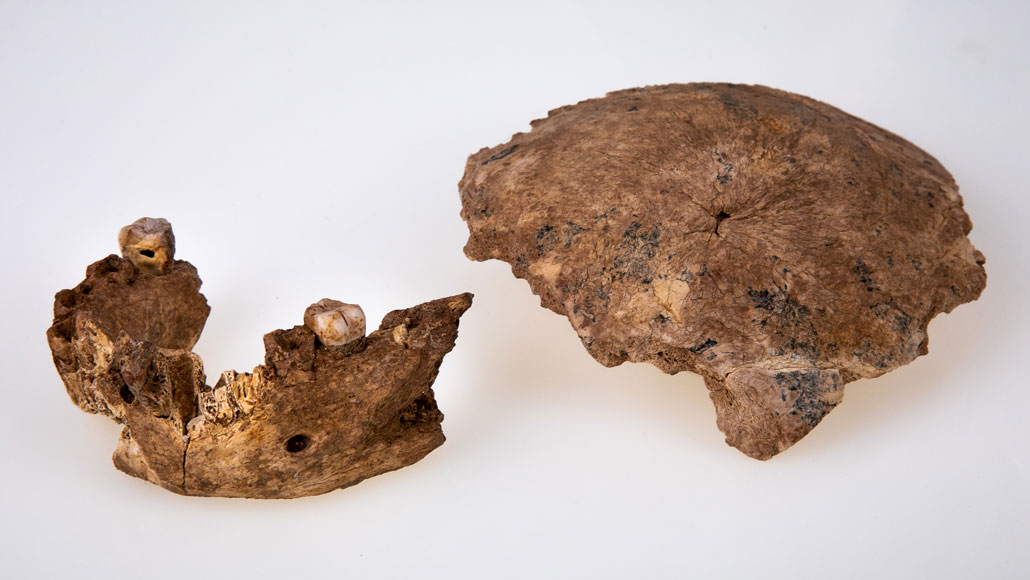Questions for “Fossils unearthed in Israel reveal possible new human ancestor”

These parts of a jaw (left) and a skull (right), come from Israel’s Nesher Ramla site. The fossils represent an ancient hominid population. It contributed to the evolution of European Neandertals and possibly some ancient Homo groups in East Asia, researchers say.
Avi Levin and Ilan Theiler/Sackler Faculty of Medicine/Tel Aviv Univ.